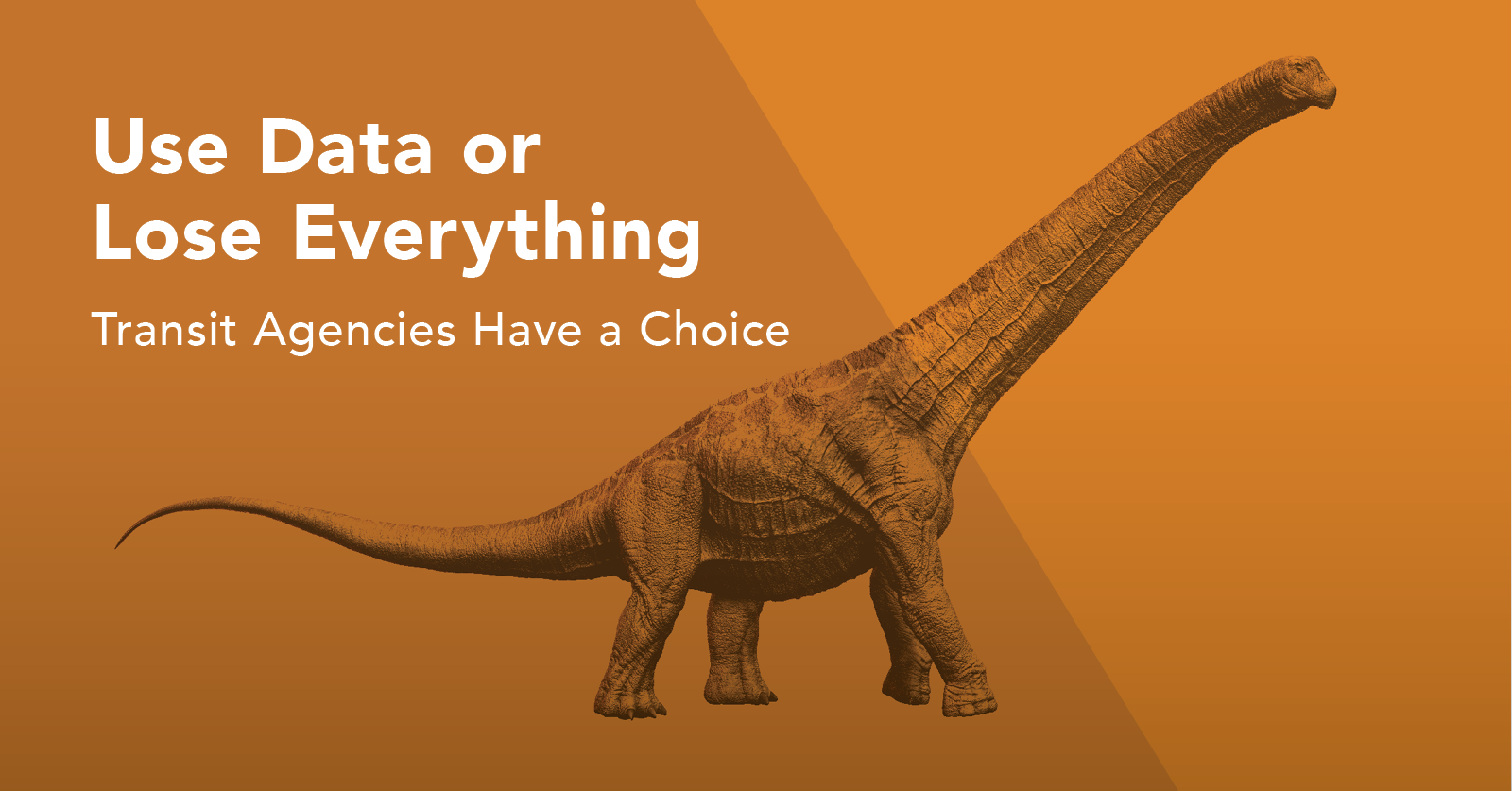
A TechCrunch article from May offers a simple, prescient thesis on the future of the auto industry: “Automakers have a choice: become data companies or become irrelevant.” The message is clear: traditional vehicle manufacturers will no longer have dominant market positions when mobility data, not vehicle hardware, is the ultimate valued commodity. The same can be said not only for vehicle manufacturers, but legacy providers of transportation services (read: public transit agencies) as well. Uber and Lyft brought personal mobility into the new age by leveraging the power of technology, including and especially ubiquitous smartphone ownership, to improve the experience of getting around for their customers. Dead horse beaten, the overall ridesharing revolution has fundamentally changed the expectations of the ultimate consumer; mobility should be one click-of-an-app-and-the-ride-is-at-my-doorstep away.
More than just the user experience, app-based ridesharing affords these companies the privilege of using the data of their customers (read: people like you and I) to improve their services and ultimately build an even bigger business. Data is more available than ever, and more valuable than ever. Unfortunately, where private mobility companies such as Uber and Lyft make the gathering and utilization of this data a core function of their business, public mobility entities such as municipal transit agencies have, historically, not done so. This lack of formal data practices stems from one core problem: public entities are not equipped with the tools and expertise necessary to acquire or take action on the data itself.
This problem is one in which we, TransLoc, are investing heavily. We believe that public transit agencies, tasked with handling 9.9 billion trips per year, have a massive opportunity to leverage data to make our cities better. One of the ways we do this is with our GTFS product Architect. The software helps agencies better manage the data around their fixed-route system. This information can be used in a variety of ways, including:
- Publishing information to trip planners such as Google Transit and Opentripplanner
- Integrating with fare payment systems like Delerock and Token Transit
- Combining with GIS information to analyze potential system ridership
The real value of this data and information is how you use it. Taking the first bullet point from above: transit agencies obviously have a vested interest in people riding their services. Riders, of course, have a plethora of options when it comes to finding transit services: from 3rd party transportation apps such as Transit and Moovit to larger mapping and trip planning tools such as Google Transit and Opentripplanner. The good news? Each of these tools are able to use GTFS as an input to express the state of the transit system. Using the appropriate data – in this case GTFS – affords transit agencies the opportunity to reach their riders where they are, which gives riders the opportunity to effectively use the service.
To learn more about the power of data, download this white paper on GTFS!